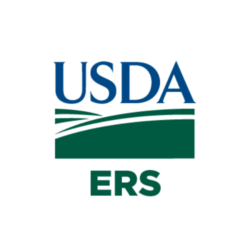
(NAFB) – Regional distribution of U.S. irrigated acreage changed significantly from 1949 to 2017, according to data updated by USDA’s Economic Research Service this week.
Trends in irrigated cropping patterns, technological advances, water availability, and changing weather drove the evolution. The arid Mountain and Pacific regions consistently irrigated the most farmland until 2007, when irrigated acreage in the Northern Plains region surpassed acreage in the Pacific region. Irrigated acreage in the Mountain and Pacific regions remained relatively constant over the 70-year period.
The Northern Plains region has experienced the most substantial increase in irrigated acreage, expanding from less than two million acres in 1949 to nearly 12 million in 2017. The expansion of irrigated acreage in the Northern Plains is related to advances in groundwater pumping technologies, the diffusion of center pivot irrigation application systems, and the region’s abundant aquifer resources.
The Southern Plains region experienced similar growth in irrigation until the 1980s, when dwindling groundwater supplies resulted in irrigated acreage declines.
